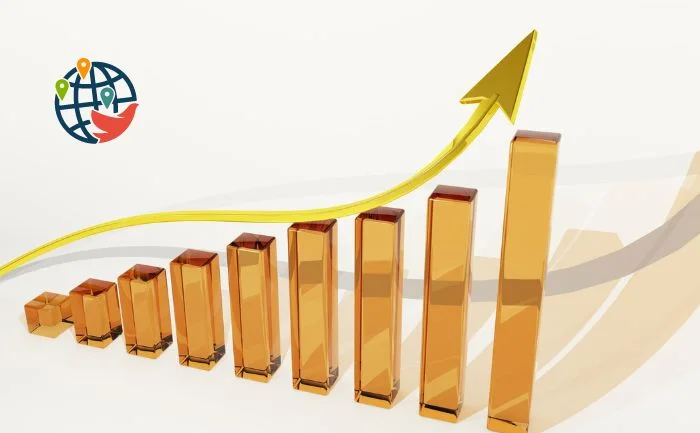The Canadian dollar is rising again

Analysts expect it to rise to its true value.
The Canadian currency does not reflect its true value, but this year it may rise to its real level. This is according to over 40 financial analyst organizations polled by Reuters. "The Canadian dollar is still undervalued by any long-term measure of fair value," said Jay Zhao-Murray, market analyst at Monex Canada.
Fair value indicators include purchasing power parity (PPP), an exchange rate that compares the purchasing power of individual currencies. The IMF estimates the PPP of CAD against USD at USD 1.19. In reality, the Canadian dollar is even higher than the US dollar. Analysts suggest that CAD may reach an exchange rate of USD 1.292 this year. The only question is whether the Canadian Central Bank will allow this to happen.
National currency can indeed not correspond to its true value and long-term fair price indicators. This can happen if the regulatory bank intentionally overvalues or undervalues the exchange rate. For example, China keeps the yuan lower than its actual value, making it advantageous for foreign companies to open production facilities in China and hire local workers. This is an attempt to keep local wages low to compete internationally for producers and investors. Not long ago, the Russian ruble was artificially overvalued by the Central Bank to contain runaway inflation and prevent an economic crisis. The ruble had to be paid more in foreign currency than it "deserved." The main burden of this fell on exporters of natural resources.
Canada benefits from having CAD remain low compared to USD. More than 75% of its exports are directed to the US. It should be easy for America to purchase Canadian goods thanks to the difference in currency exchange rates, otherwise, it won't be able to maintain its previous level of imports from Canada. The Canadian Central Bank will try to prevent the rise of the national currency, otherwise, it will restrain economic growth and reduce the volume of exports.
However, not everything depends on the will of the regulatory bank. A recession is possible in the US — currently, this country is going through a difficult time due to political instability and the collapse of the largest banks. USD may fall by itself, contrary to the efforts of the Canadian Central Bank. Then the country will have to look for new markets for export, as the US will buy less from Canada.
Perhaps Canada will be able to cope with this situation, thanks to the export of particularly valuable and attractive resources for America. These include graphite, which is necessary for the production of electric cars. Currently, the US produces 0% of the graphite consumed by the country, since there are no deposits of this mineral there. In Canada, a huge deposit was recently discovered, which in volume exceeds the Chinese ones. The US Department of Defense has already announced its intention to invest millions in the development of the deposit. This is necessary in order to be less dependent on China. Canada is ideologically closer to the States and it is easier for them to rely on their supplies.
Only time will tell whether CAD will surpass its partner USD. Due to this, the growth of the Canadian economy may slow down, but local residents will be able to buy more foreign goods. This may help to procure raw materials for production abroad more profitably and attract highly skilled foreign specialists.
Follow us on social media to stay up to date with the latest news in Canada. We regularly cover the local economy and explain the processes happening within it.

















